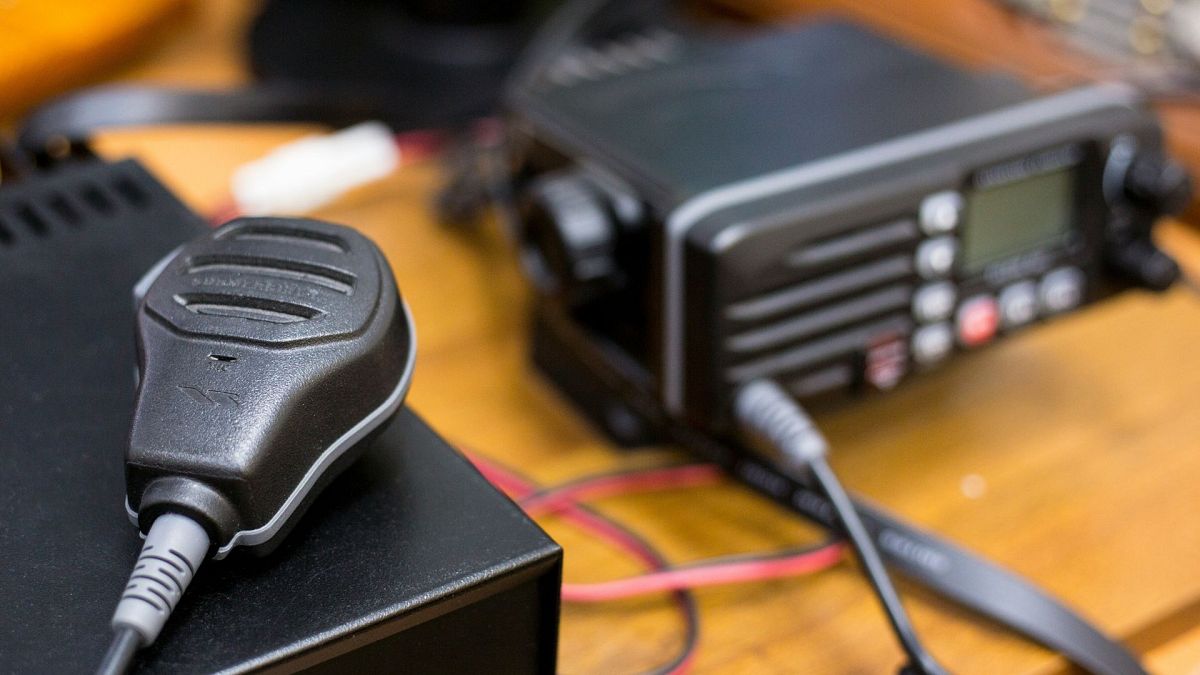UK households contain 38,449 tonnes of copper in old electricals, enough to build 1,240 copper Statues of Liberty.
Discarded electrics could close the looming ‘copper gap’ in the drive to decarbonisation, a new study reveals.
According to not-for-profit Material Focus, the UK alone has £266 million (€316 million) worth of copper hiding in ‘drawers of doom’ containing unused or broken tech items.
Often binned or boxed up for the attic, there are 823 million unused or broken tech items in UK homes, such as electricals, obsolete cables, old chargers and other hard-to-recycle tech. Cables are one of the country’s biggest e-waste challenges, with the average household hoarding 23.
The Critical Minerals Association explains that cables contain at least 20 per cent copper, equating to 3,252 tonnes of copper from cables alone across the UK. Together, the country’s 627 million unused cables could stretch to the moon and back.
A further 38,449 tonnes of copper are languishing inside unwanted and thrown away electricals, enough to fulfil the UK’s annual demand for copper used in tech. Across Europe, 13 billion kilograms of e-waste is generated annually, says the UN’s Global E-waste Monitor.
Why is copper vital in Europe’s drive to decarbonisation?
As an infinitely recyclable metal, copper is pivotal in building a circular economy. It’s known as ‘the metal of the energy transition’ for its role powering renewable energy systems and green technologies.
According to Energy Industry Review, renewable energy systems use up to 12 times more copper than conventional systems, with the metal also improving energy efficiency – one tonne of copper used in a rotating machine such as a wind turbine saves 7,500 tonnes of CO2 emissions over its lifetime.
The Royal Society of Chemistry has found that 347,000 tonnes of copper will be needed to build the UK’s wind turbines and solar panels by 2030 – 30 per cent of this demand could be supplied from ‘mining’ copper from the UK’s drawers full of old tech and cables.
Copper demand is outstripping supply
Globally, there will be a 6.5 million tonne ‘copper gap’ by 2033, according to a report by Bloomberg Intelligence.
“Supplying the world’s copper requirements over the next 10 years is going to be challenging, with the market potentially facing severe shortages in five to 10 years,” says Grant Sporre, senior analyst, metals and mining at Bloomberg Intelligence.
“All the shallow, easy-to-extract copper deposits have been mined out. Increasing the proportion of recycled copper to 50 per cent from current levels of 30 per cent could potentially meet the additional demand.”
How Europe deals with e-waste and recycling, country by country
International E-Waste Day takes place on 14 October 2024, encouraging the recycling of electricals. But not all countries offer free, easy kerbside recycling, with practises varying by country.
Croatia leads the way, recycling 81 per cent of its e-waste, with Estonia, Bulgaria, Hungary and Austria making up the top five European e-waste recyclers. Croatian retailers are obliged to take back and recycle e-waste for free, with no obligation to buy new equipment; e-waste collection is free and on-demand.
But Malta only recycles 21 per cent of its e-waste and, in terms of absolute e-waste, Norway, the UK, Switzerland, Denmark and the Netherlands are the worst culprits in Europe. A 2020 UN report attributed low rates to absence of e-waste collection infrastructure, competition from metal scrap collectors and lack of enforcement.
“Upping secondary sourcing of copper through recycling is a really important route towards greater supply security,” says Izzi Monk, policy adviser for the environment at the Royal Society of Chemistry. “[But governments] need to invest in technologies and infrastructure to make sure recycling can be grown without creating worse environmental, social and health impacts.”
In the UK, there are 26,000 recycling points for electricals – your nearest can be found via recycleyourelectricals.org.uk. Anything with a plug, battery or cable can be reused or recycled.
Checkout latest world news below links :
World News || Latest News || U.S. News
The post How your bag of old cables could power Europe’s wind turbines appeared first on WorldNewsEra.

